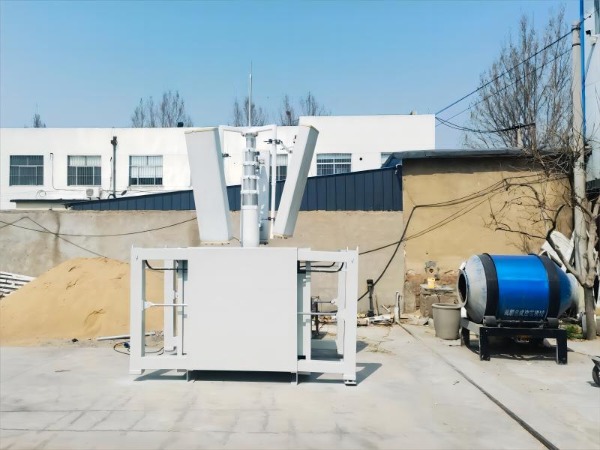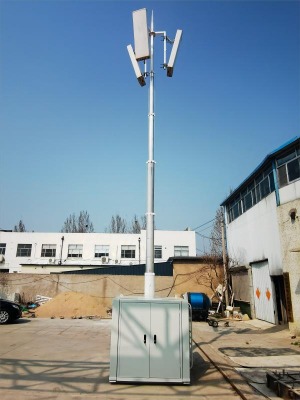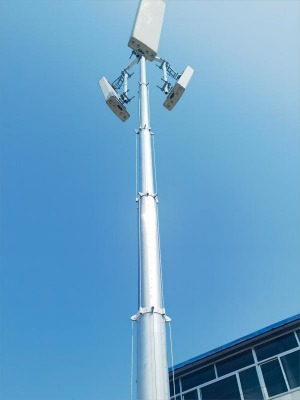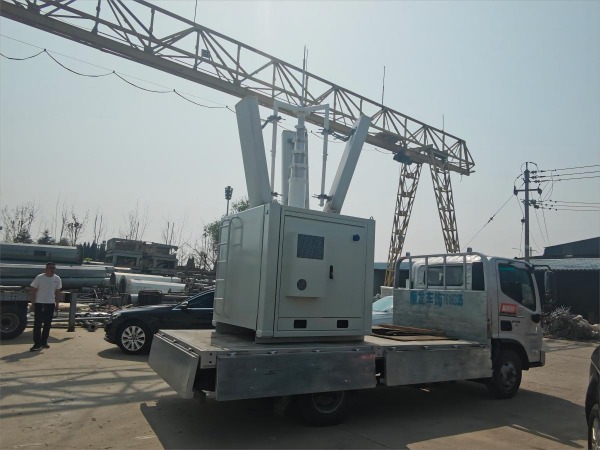The Advantages of Emergency Base Station Cabin ( Cell on Wheels)
Emergency base station cabins, also known as mobile or portable base station cabins, offer several advantages in emergency situations. Here are some key advantages:

1. Rapid Deployment: Emergency base station cabins can be quickly deployed to provide immediate communication support in disaster-stricken areas or emergency situations. They are designed to be mobile and can be transported to the desired location efficiently.
2. Temporary Communication Infrastructure: In emergency scenarios where existing communication infrastructure may be damaged or non-functional, base station cabins serve as temporary communication hubs. They enable the establishment of reliable communication networks, allowing emergency personnel, first responders, and affected individuals to stay connected and coordinate relief efforts.
3. Flexibility and Scalability: Emergency base station cabins are versatile and can be customized to support various communication technologies and frequencies. They can accommodate different types of equipment, such as antennas, transceivers, power supplies, and networking devices. The modular design allows for scalability, enabling additional equipment or antennas to be added as needed.
4. Self-Contained Operations: These cabins are equipped with self-contained power systems, such as generators or battery banks, to ensure continuous operation even in areas without access to the electrical grid. They may also have environmental control systems to maintain optimal operating conditions for the equipment.


5. Mobility and Relocation: Emergency situations often require frequent relocation of communication resources as the situation evolves or new hotspots emerge. Base station cabins can be easily transported to different locations, ensuring communication coverage and flexibility in response to changing needs.
6. Remote and Challenging Environments: Emergency base station cabins are designed to withstand harsh environmental conditions. They are built with durable materials and can operate in extreme temperatures, high winds, and other challenging environments, ensuring reliable communication capabilities in remote or disaster-affected areas.
7. Interoperability: Base station cabins can support multi-operator or multi-technology communication systems, facilitating interoperability between different organizations and agencies involved in emergency response. This allows seamless communication and coordination among various entities, improving the overall efficiency and effectiveness of emergency operations.
8. Redundancy and Backup: Deploying emergency base station cabins provides redundancy and backup communication capabilities. In case primary communication infrastructure is compromised or overloaded, these cabins can serve as backup systems, ensuring continuous connectivity and reducing the risk of communication failures.
9. Temporary Infrastructure Recovery: In addition to emergency response, base station cabins can be used during the recovery phase to restore temporary communication infrastructure while permanent systems are repaired or rebuilt. They help bridge the communication gap during the reconstruction process.

Emergency base station cabins play a crucial role in ensuring effective communication and coordination during emergencies. Their rapid deployment, flexibility, mobility, and resilience make them valuable assets in disaster response and recovery efforts.
.jpg)
评论
发表评论